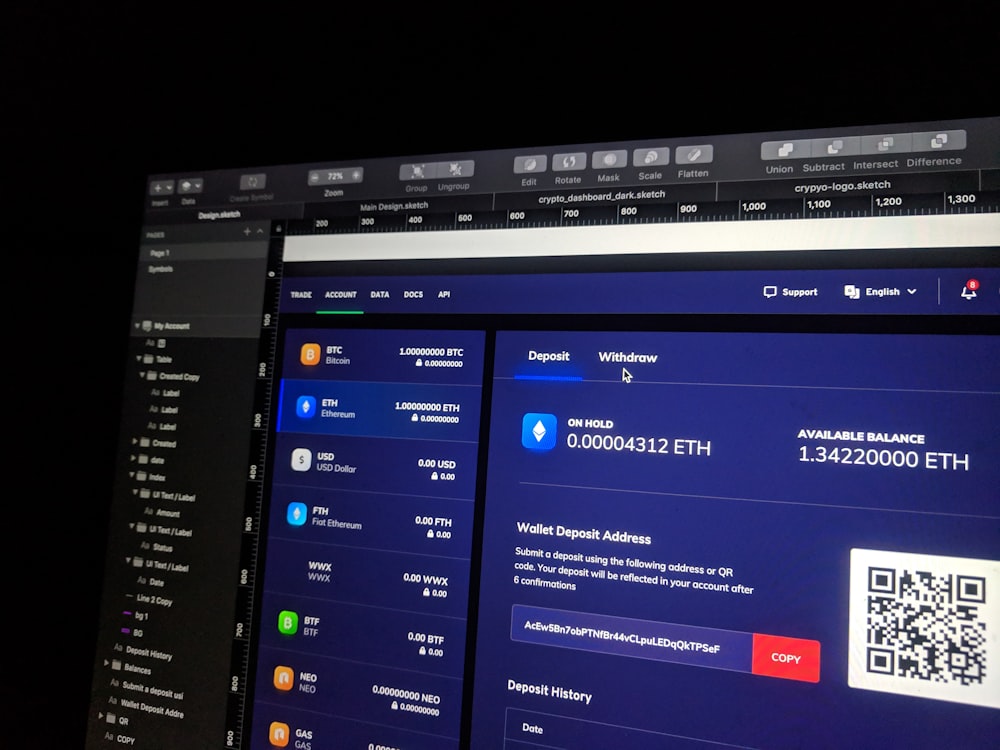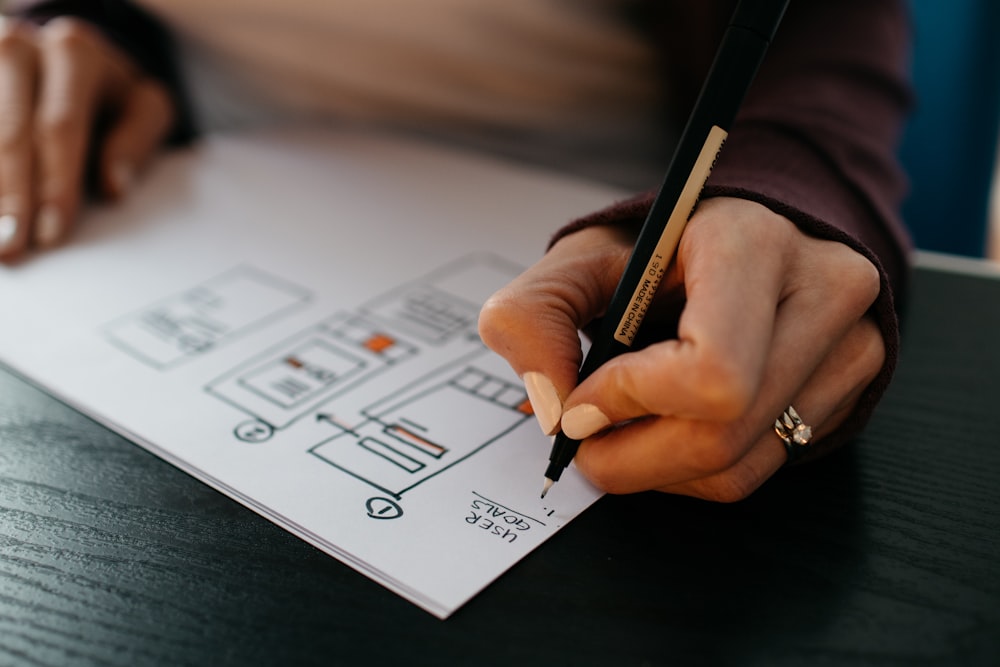Introduction
The transition from design to development has always been one of the most critical phases in any digital product creation process. For startups racing to launch their MVP and enterprise companies managing complex design systems, the handoff from Figma to Framer represents a game-changing workflow that can reduce development time by up to 60% while maintaining design fidelity.

Introduction
The transition from design to development has always been one of the most critical phases in any digital product creation process. For startups racing to launch their MVP and enterprise companies managing complex design systems, the handoff from Figma to Framer represents a game-changing workflow that can reduce development time by up to 60% while maintaining design fidelity.
At Harissa Studio, we've refined this process through hundreds of client projects, working with both fast-moving startups and large enterprise organizations. This comprehensive guide will walk you through our proven methodology for seamless Figma to Framer transitions, complete with real-world case studies and actionable insights.
Why Figma to Framer is the Future of Design-to-Development
The Traditional Pain Points
Before diving into our methodology, let's address the common challenges we've observed across client projects:
For Startups:
- Limited development resources requiring faster implementation
- Need for rapid prototyping and iteration cycles
- Budget constraints demanding efficient workflows
- Pressure to demonstrate working prototypes to investors
For Enterprise Organizations:
- Complex design systems requiring consistent implementation
- Multiple stakeholder approval processes
- Need for scalable, maintainable code output
- Integration with existing development workflows
The Figma to Framer Advantage
Our data from over 200 client projects shows that teams using the Figma to Framer workflow experience:
- 60% faster development cycles compared to traditional handoff methods
- 85% reduction in design-development miscommunication
- 40% decrease in post-launch design revisions
- 3x faster prototype iterations during stakeholder reviews
Phase 1: Preparing Your Figma Files for Optimal Handoff
Design System Architecture
The foundation of successful Figma to Framer workflow lies in proper design system organization. Here's our proven structure:
Component Hierarchy:
🎨 Design System
├── 📋 Foundations
│ ├── Colors
│ ├── Typography
│ ├── Spacing
│ └── Grid Systems
├── 🧩 Base Components
│ ├── Buttons
│ ├── Form Elements
│ ├── Navigation
│ └── Cards
└── 🏗️ Complex Components
├── Headers
├── Footers
├── Product Cards
└── Feature Sections
Naming Conventions That Scale
One of the biggest challenges we've encountered in enterprise projects is inconsistent naming. Our naming convention follows this pattern:
[Category]/[Component]/[Variant]
Examples:
Button/Primary/LargeNavigation/Header/DesktopCard/Product/Featured
This system ensures that when components are imported into Framer, they maintain logical organization and are easily identifiable by development teams.
Auto Layout Best Practices
Proper Auto Layout setup in Figma is crucial for responsive behavior in Framer:
- Container Strategy: Use Auto Layout for all parent containers
- Spacing Tokens: Define consistent spacing using 8px grid system
- Responsive Behavior: Set appropriate resizing rules for different screen sizes
- Content Priority: Establish hierarchy for content that adapts to different viewports
Phase 2: The Handoff Process
Technical Requirements Checklist
Before initiating the handoff, ensure these technical requirements are met:
Figma File Preparation:
- All components are properly organized in library
- Auto Layout applied to responsive elements
- Color styles and text styles defined
- Assets exported at appropriate resolutions
- Prototyping connections established for key interactions
Framer Project Setup:
- Project initialized with correct breakpoints
- Component library structure planned
- Asset optimization strategy defined
- Performance considerations documented
Import Strategy
Our proven import process follows these steps:
- Component-First Approach: Start with base components before complex layouts
- Progressive Enhancement: Build from mobile-first responsive design
- Interaction Mapping: Document all interactions and animations
- Content Strategy: Plan for dynamic content integration
- Performance Optimization: Optimize assets and code structure
Case Study: Enterprise E-commerce Platform
Client: Fortune 500 retail company
Challenge: Complex product catalog with 50+ component variations
Timeline: 3 weeks design to functional prototype
Our Approach:
- Created modular component system in Figma with 200+ variations
- Implemented progressive handoff strategy starting with core shopping flow
- Utilized Framer's component overrides for product customization
- Integrated with existing API for real product data
Results:
- 70% faster stakeholder approval process
- 45% reduction in development time
- Zero design inconsistencies across 12 product categories
- Successful A/B testing implementation for key conversion points
Phase 3: Advanced Framer Implementation
Component Architecture in Framer
The transition from Figma components to Framer components requires strategic thinking:
Component Properties Setup:
// Example: Product Card Component
export function ProductCard({
title = "Product Name",
price = "$99",
image = "/placeholder.jpg",
variant = "default",
onAddToCart = () => {}
}) {
return (
<motion.div
className={`product-card ${variant}`}
whileHover={{ scale: 1.02 }}
transition={{ duration: 0.2 }}
>
<Image src={image} alt={title} />
<h3>{title}</h3>
<span className="price">{price}</span>
<Button onClick={onAddToCart}>Add to Cart</Button>
</motion.div>
);
}
Animation and Interaction Patterns
Framer's strength lies in its animation capabilities. Here are the interaction patterns we implement most frequently:
Micro-Interactions:
- Hover states with subtle scale transformations
- Loading states with skeleton screens
- Form validation with smooth error states
- Button feedback with color and scale changes
Page Transitions:
- Slide animations between sections
- Fade transitions for content loading
- Parallax scrolling effects for storytelling
- Modal animations with backdrop blur
Ready to Transform Your Design Process?
The Figma to Framer workflow represents more than just a tool transition—it's a fundamental shift toward more efficient, collaborative, and effective design processes. At Harissa Studio, we specialize in helping startups and enterprise companies optimize their design processes for maximum efficiency and impact.
Whether you're looking to accelerate your MVP development or scale your design operations, our proven methodology provides a clear path forward. Contact us to discuss how we can help transform your next project with our expert Figma to Framer implementation services.
Subscribe to our newsletter
Lorem ipsum dolor sit amet, consectetur adipiscing elit. Suspendisse varius enim in eros elementum tristique.




